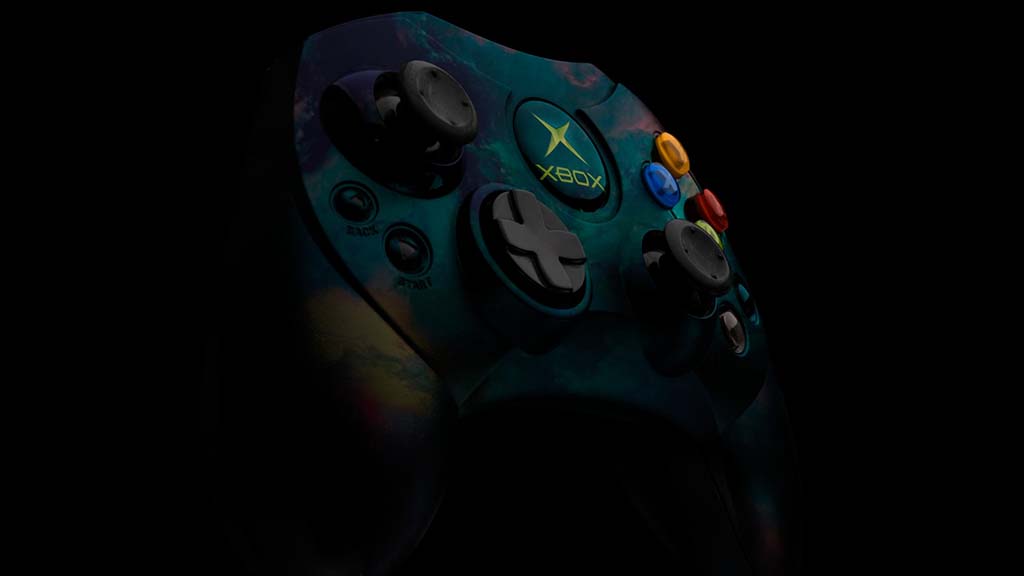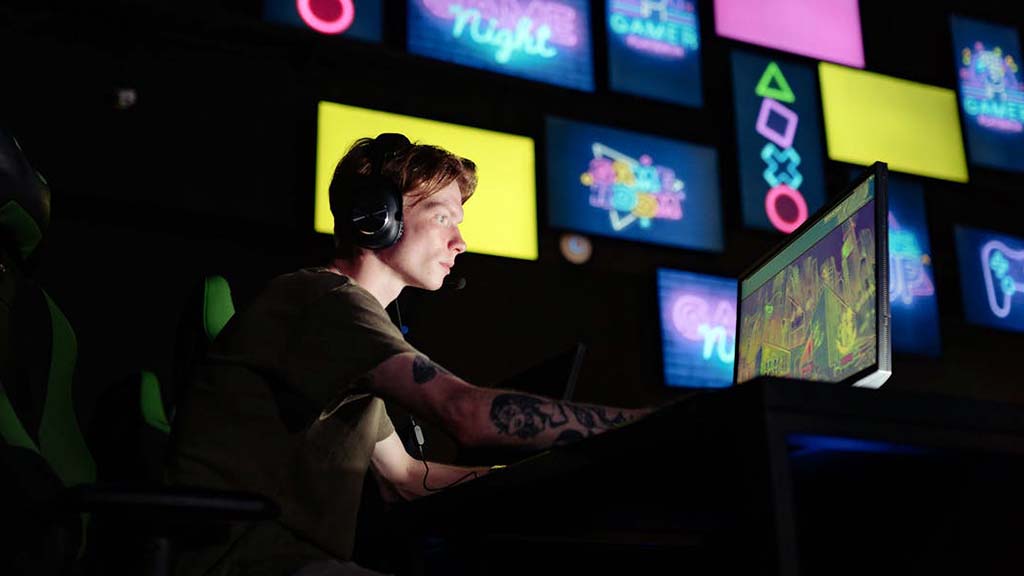
The Xbox is an iconic series of consoles that has forever changed how we game and interact with people online. From the early days of Halo and Modern Warfare lobbies to the insanely popular Fortnite and Warzone, Microsoft has changed the gaming landscape forever.
Xbox: background
Released in 2001, the first in a series of smash-hit gaming consoles made by Microsoft, the original Xbox was released as a direct competitor to Sony’s PlayStation 2 and Nintendo’s GameCube—all being a part of the sixth generation of video game consoles. The game console was also significant because it was the first North American console in 8 years.
Microsoft had enjoyed a lot of success creating video games to be played on its computer devices before the release of the Xbox. Still, this console was the company’s first foray into the console market. It was a risky move to delve into the creation of consoles, with Sony’s PlayStation enjoying a tonne of success, but the gamble paid off in the end, it seems.
The move into the creation of the Xbox was in response to Sony’s announcement of the PlayStation 2, something Bill Gates saw as a rival competitor for his line of gaming PCs. Microsoft used a lot of Windows software during the development of the Xbox and so was able to avoid the many issues that other companies were encountering.
The Xbox was finally announced to the public at the beginning of 2001 with a release date slated for the second half of 2001 for North American consumers and the start of 2002 for most other regions globally. Microsoft sold over 1,500,000 games consoles in North America alone between the November release date and the end of the calendar year.
In the five years that followed, Microsoft sold over 24 million Xbox consoles, though they did struggle to penetrate the Sony and Nintendo-dominated Japanese market. The early signs were excellent, and this laid the groundwork for Microsoft to continue its move into the production of gaming systems alongside traditional PCs and PC games.
Xbox 360

The Xbox 360 eventually replaced Microsoft’s flagship console and was released just four years later in 2005 and enjoyed a more standardized release cycle. Unlike the original gaming console, there were nowhere near as many delays for customers who were not based in North America, which was seen as another major step in the right direction.
This console was unique because it came with wireless controllers, instead of cumbersome wired controllers, that run on batteries or rechargeable battery packs. This line of consoles was also unique in that it was the first to see multiple versions released in the following years that came with significant updates in terms of both software and hardware.
The Xbox 360 did not sell as many units as its competitors. Still, it was praised by many for the fact that it led the way in digital media and online play, something that was lacking in many other comparable gaming systems. The Xbox 360 still sold a whopping 84 million units in the years that followed and showed that Microsoft was now a gaming heavyweight.
The Xbox 360 release also coincided with an increase in Xbox exclusive titles, created or published mainly by Microsoft, that PlayStation players could not play on their own consoles. This meant that Microsoft had a unique grip on the market, and this, in turn, meant that many PlayStation players eventually also bought Xbox 360 consoles.
Xbox One
The successor to the Xbox 360, called the Xbox One, was released in 2013, and the reason for this long wait was because Microsoft had released multiple versions of the Xbox 360. This console emphasized digital features, building on the trendsetting features that the Xbox 360 had already put on display to gamers.
There was a price increase compared to previous consoles, with the Xbox One costing a minimum of $399.99, a whole $100 more than the RRP of both previous consoles. This price increase helped make up for the decrease in sales, with the Xbox One selling around 50 million units. This decrease coincided with the company no longer officially releasing sales figures.
Like with the Xbox One’s predecessor, the Xbox One was re-released a couple of times over the following years, with each new version coming with new and more updated hardware that would, in turn, improve the gaming experience. These new consoles were popular with some gamers, but many were happy with the hardware that came with the original console.
Xbox Series S/X

The latest series of Xbox consoles, known as the Xbox Series S and Xbox Series X, was released at the same time, with the Xbox Series S being a more streamlined version that was highly affordable, though it came without a disk drive and premium hardware. This meant that buyers had to buy all of their games online from the Microsoft game store.
The transition from the Xbox One to this new series of consoles was intended to be seamless, with many players able to carry over previously bought games and those released across both generations of consoles—to ensure no players were left behind.
The release of this new generation of consoles was met with controversy, though, with major supply issues, resulting in many prospective buyers being unable to buy consoles over 12 months later. Despite this, Microsoft figures show that it has outsold all other Xbox consoles in the comparable period, showing its huge popularity.







